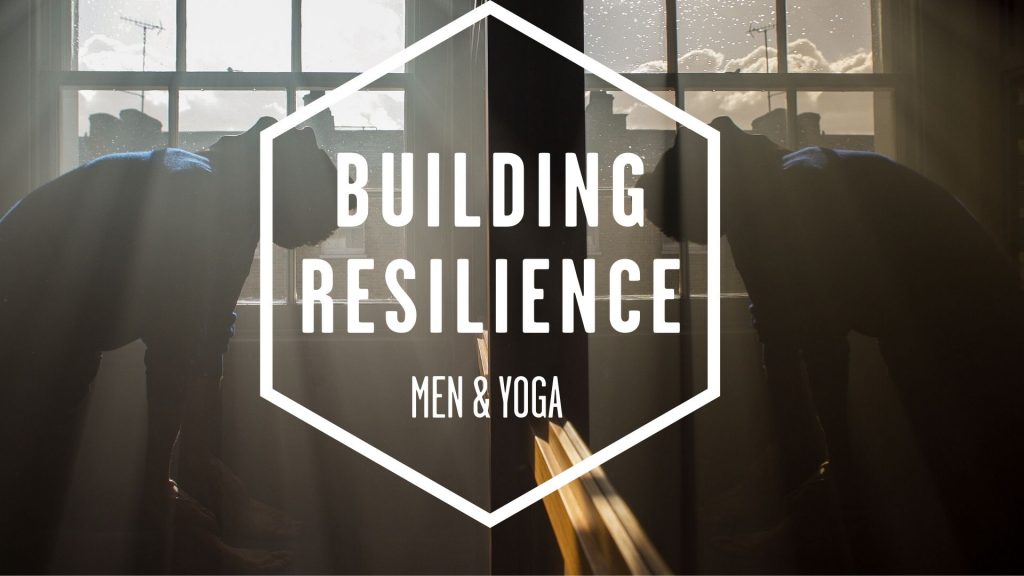
Does yoga offer the 21st century man tools to discover inner freedom? We’ve drawn together advice from some of our teachers about how and why yoga offers men a valuable tool to navigate through life.
Yoga is a system that has developed over thousands of years to offer a sense of inner freedom and liberation. In its modern form, it was developed as a training system for adolescent boys as they reached manhood. Yoga for men offers a way to build resilience and find inner and outer strength. The artist Grayson Perry has written about the great paradox of being a man in the twenty-first century: “Men can often be physically brave and yet many can be emotionally locked down. Men feel that masculinity and its accoutrements grow on their backs like a pelt”.
Why is yoga beneficial for men?
Yoga is a total mind and body workout, and covers physical postures, breathing and meditation. The key to understanding why yoga makes you feel good is in understanding the effect of the breath on the body and the mind. The breath serves as a switch taking you from a stressed state into a relaxed state. This short tutorial from Andrew McGongle explains how this works in more detail.
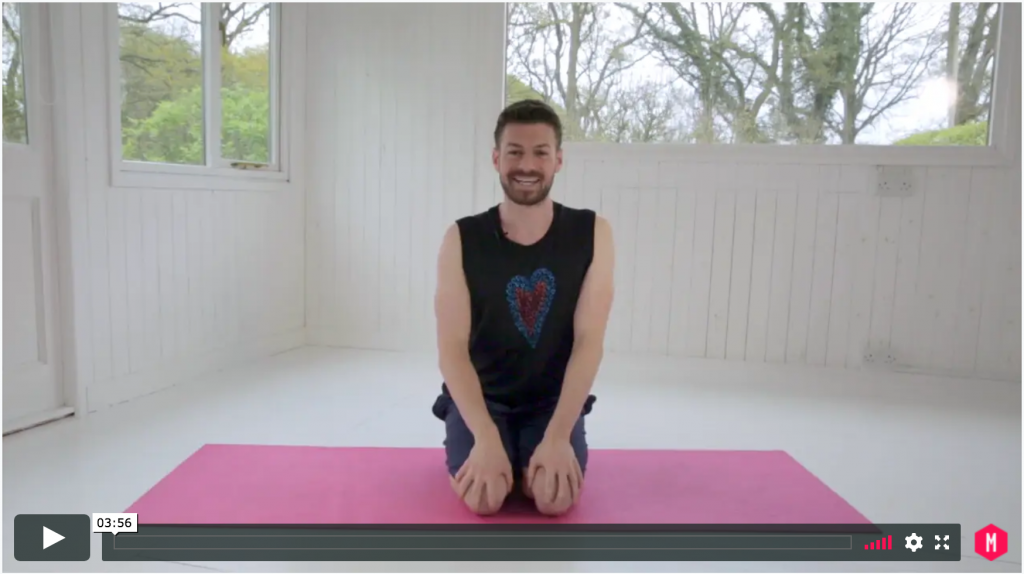
Yoga for Strength
Clive Fogelman discovered yoga as a result of sports injuries during his twenties. He writes: “While I found it very challenging to start with, I gradually started to experience many benefits from yoga as an athlete and as a person as a whole.” He continues: “As I started to practise yoga, I realised that it could also be used to develop my strength in a different way, particularly to engage with muscles which were perhaps under-utilized in my other athletic disciplines. By working with my own body weight, some of the postures and movements really helped to enhance my core body stability and strengthen under-developed muscles, leading to a more balanced and optimally functional overall strength.”
Soon other benefits became apparent: “My coordination and balance improved significantly the more I practised yoga. In other sports, this made me feel more agile. I was able to hone my technique and refine my form. Over time, I felt more in control of my body and more responsive in different situations. Yoga poses can generate a more subtle awareness of the body’s centre of gravity in different positions and how the body functions as a unit to balance. Practising poses and movements from different positions also helps me to cultivate a deeper sense of my body in relation to space.” Try this class for athletic strengthening from Clive.
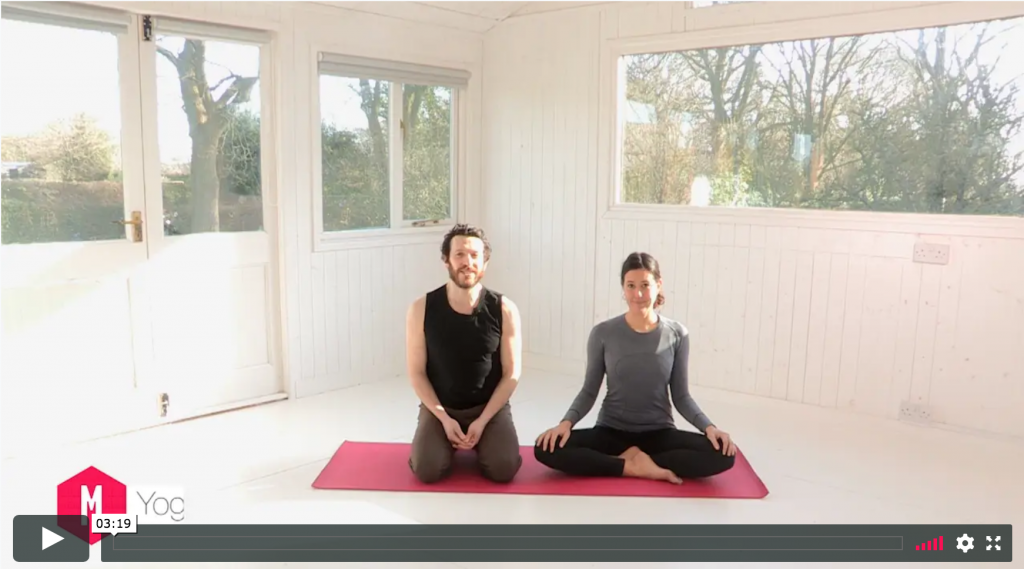
How Flexible do you need to be?
Our teacher Adam Hocke is adamant that you don’t need to be flexible to take up yoga and that no man (or woman, come to that) should ever use not being flexible as an excuse for not doing yoga. He writes: “Have you been turned off by yoga photos where practitioners’ contorting limbs seem to defy all laws of time and space? In actuality, extreme flexibility is the least interesting and important part of any yoga practice. A realistic priority would be to move with ease in the body you have.
I began practising yoga with hamstrings of steel that firmly disagreed with any notion that I should touch my toes. After 20 years of practice, of course, my body has changed, but I will never practise a split without extensive structural reinforcement. Any good teacher will help you find ways to make the shapes in a way that suits your individual body, with the use of props or changes of alignment.”
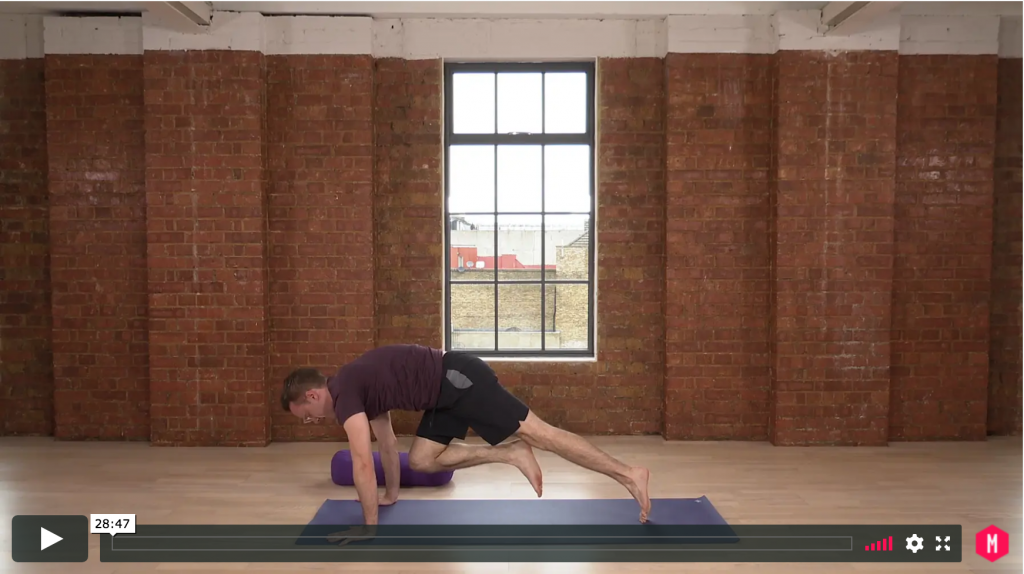
You can hear more about how Adam believes yoga fits into a broader picture of all-round health and wellbeing in the podcast or hear about his own early adventures with yoga in this short film.
Yin Yoga for Men
Yin yoga is great for men. Norman Blair writes: “Our lives are often spent rushing and chasing around. We are always on the go. Far too often there is a lack of balance which has profound consequences both for individual self and social structures. The emphasis is on achieving and striving, busy diaries and hurried moments, the rushing bodies and tiring brains. This chasing after success results in our interior lives being diminished. Our inner experiences are lost in this race to be someone. What is important is balance. With balance, there can be health and harmony; with imbalance, there is disease and disharmony. The Yin yoga practices with their calming and cooling, with their slowing and surrendering; maybe they can help us in resolving some of our lack of balance.
Yin for grounding
“This is definitely not a ‘magic wand’, practicing will not necessarily ‘solve’ situations. But it could help us to be more grounded, more able to allow and to accept what is happening. As we ground and breathe perhaps there could be a lessening of frustrations; perhaps there could be a realisation that the primary purpose of practice is to be present; perhaps there could be a growing of gratitude and a growing receptivity. Yin yoga gives us a chance to slow down. It gives us the chance to take our time. It gives us the chance to create space where we can be more aware of how distracted we can be.” Explore Yin and your breath in this class from Norman.

Yoga and Breath
Dan Peppiatt writes: “The feeling of a tight chest and shortness of breath can be very clear signs that you are under mental strain of some kind. I have always been very aware of my breath, or specifically my lack of it at certain periods of my life. From a very early age, at least four or five, I suffered from asthma. I have never felt a desire for something as strong as to breathe again or an aversion as powerful (to not breathing!).
Most of the time we don’t even notice that we are breathing. The free flowing, efficient breath that we are born with can be disturbed by a huge number of things: illness; diet; posture and mental state to name but a few. However it is our mental state and posture that seem to be the bane of breathing efficiently in our modern world.
Breath and Modern Life
Driving, sitting at desks and chairs, necks craned over handheld devices-all of these constrict our breathing apparatus. Stress and anxiety that don’t have a logical resolution because they are largely self-created cause us to feel threatened. Our brain knows no difference between a tiger chasing us and the stress of an unwanted email; it reacts the same, readying itself for fight or flight-and that significantly affects our breath. It is a cycle that the majority of us are at some point stuck in. The longer it persists the more challenging it is to break. The good news is that the breath is not only symptomatic of our mental state, but we can learn to return it to our default setting. This way we can signal to the brain that actually we aren’t under threat. everything is really OK.
To explore breath and well-being further, why not try Dan’s ten day breath challenge?
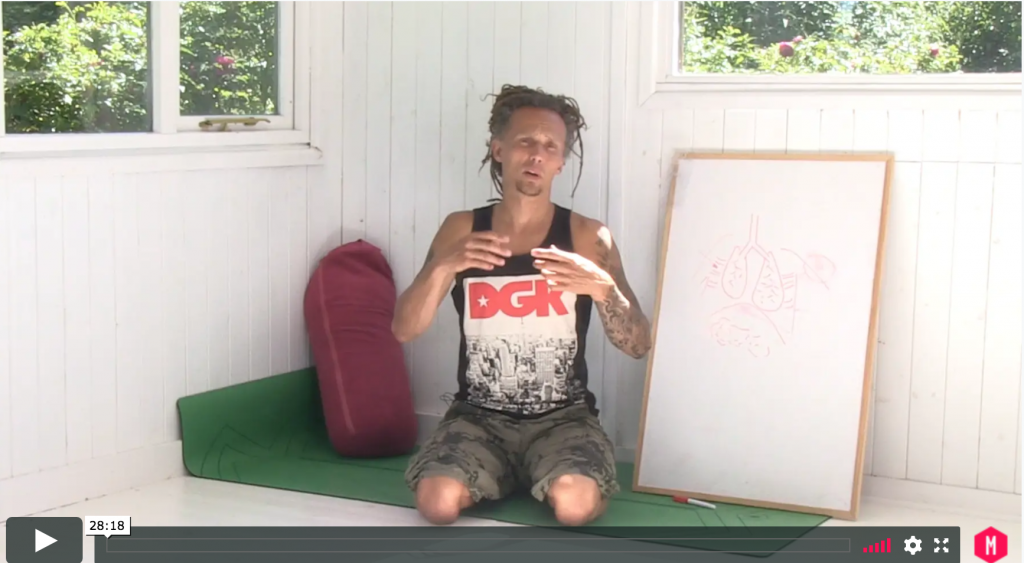
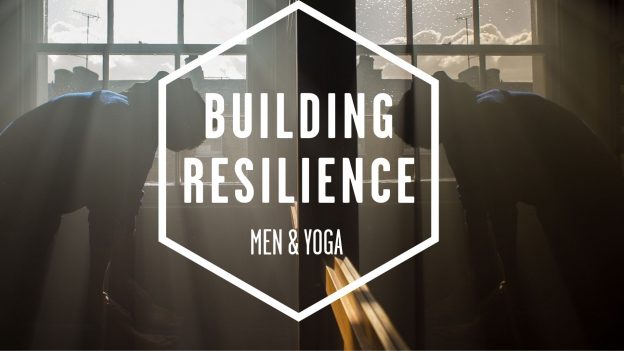




Leave a Reply